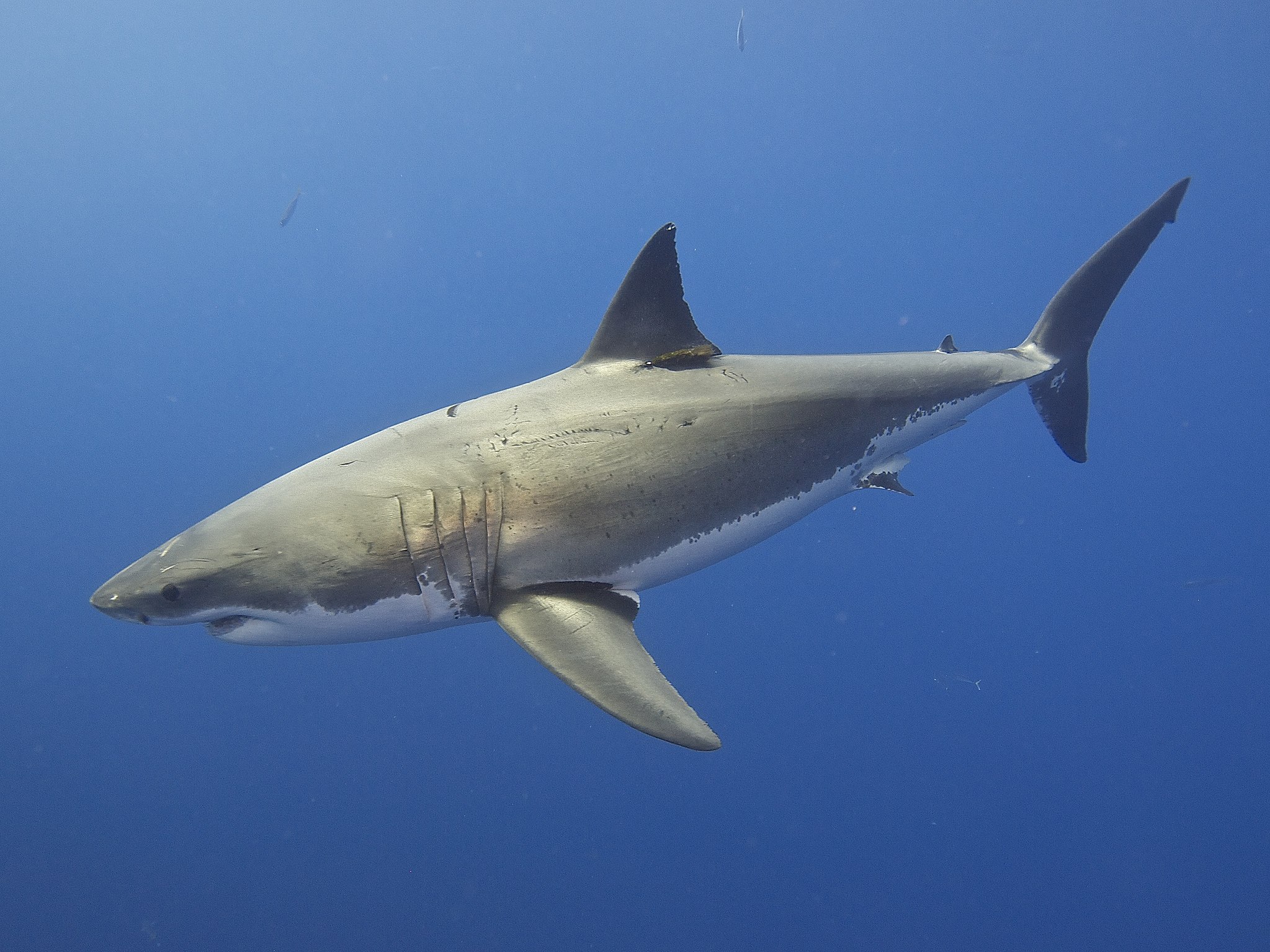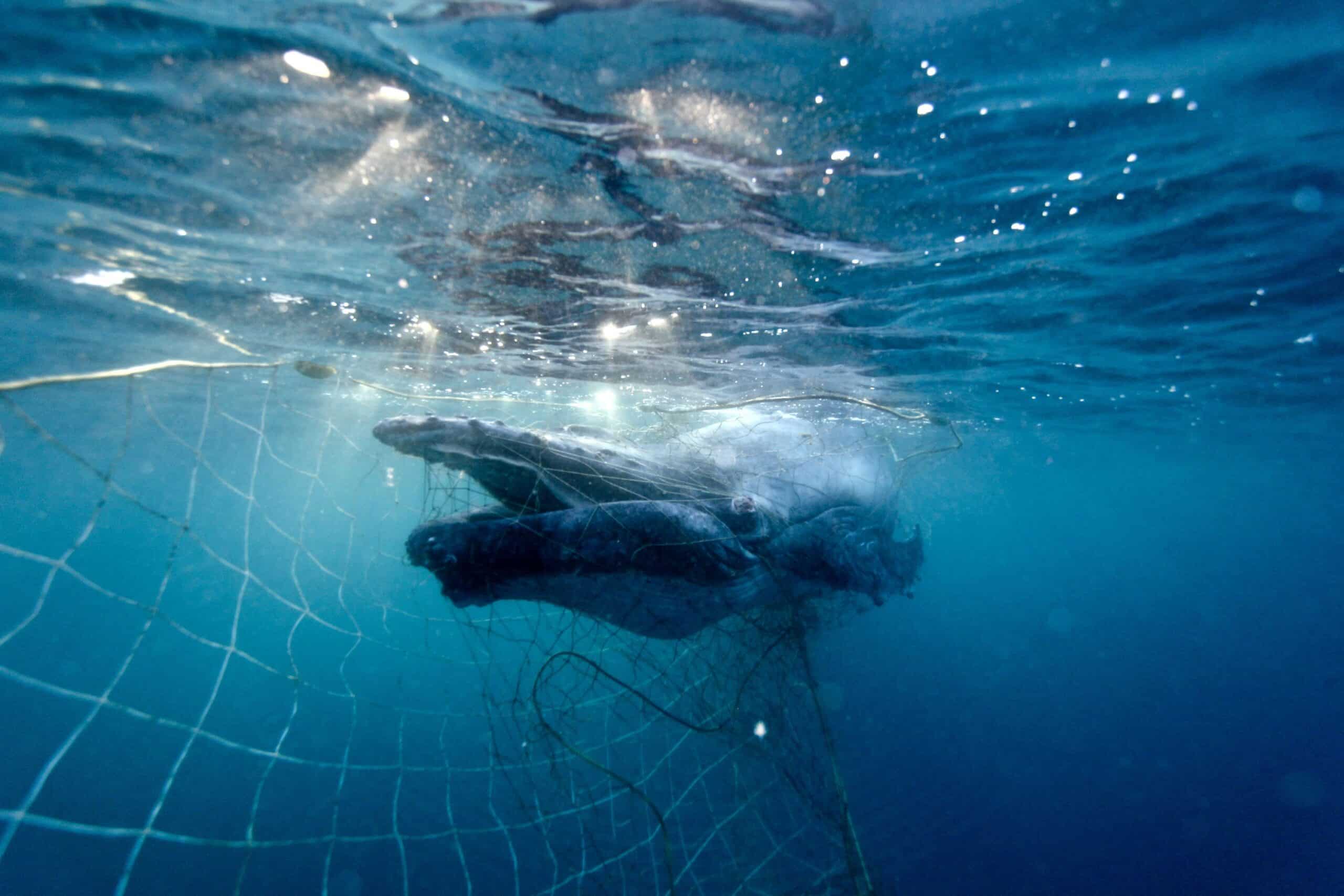Research shows that Australia’s great white sharks are highly related to each other and may consist of fewer than 500 breeding animals. SYDNEY, 24 June 2025: Latest research has found Australia’s great white shark population is much smaller than expected, increasing their vulnerability to further population threats. The population...
The 13th meeting of the Conference of Parties (COP13) to the Convention for the Conservation of Migratory Species (CMS) took place from the 15th to the 22nd of February in Gandhinagar, India.
A record-setting 2,550 attendees gathered, making this the largest meeting in the history of the Convention. Attendees included 263 delegates representing 82 parties (countries), 11 delegates from five non-party countries, 50 representatives from United Nations agencies, 70 representatives of international non-governmental organizations, 127 representatives of national non-governmental organizations, and over 100 members of both national and international media.
To begin, CMS parties adopted the ‘Gandhinagar Declaration,’ calling for migratory species and the concept of “ecological connectivity” to be integrated and prioritised in a new global biodiversity framework.
Ten new species were added to the CMS Appendices, four of which call the oceans of Australia home – the Antipodean albatross, oceanic white-tip shark, smooth hammerhead shark, and tope/school shark.
Seven of the ten species listed were added to Appendix I, while the remaining found listing on Appendix 2. Appendix I comprises migratory species that are acknowledged to be in danger of extinction throughout all or a significant portion of their range. These species included:
-
the Asian elephant (Elephas maximus),
-
jaguar (Panthera onca),
-
great Indian bustard (Ardeotis nigriceps),
-
Bengal florican (Houbaropsis bengalensis),
-
little bustard (Tetrax tetrax),
-
Antipodean albatross (Diomedea antipodensis), and the
-
oceanic whitetip shark (Carcharhinus longimanus).
The Urial sheep (Ovis orientalis vignei), jaguar, smooth hammerhead shark (Sphyrna zygaena), and the tope/school shark (Galeorhinus galeus) were listed for protection under Appendix II, which covers migratory species that have an unfavourable conservation status and that require international cooperation for their conservation and management.
In addition to listing new species on the appendices, the COP also enacts the approval and extension of Concerted Actions for previously listed species. Concerted Actions are priority conservation measures, projects, or institutional arrangements undertaken to improve the conservation status of listed species. New and improved Concerted Actions with targeted conservation plans were approved for 14 species, including whale sharks, giraffes, guitarfish and sawfish, and the Antipodean albatross.
Significant measures that address a changing world were also passed by COP13 that benefit migratory species. These measures include:
-
integrate biodiversity and migratory species considerations into national energy and climate policy and promote wildlife-friendly renewable energy;
-
strengthen initiatives to combat the illegal killing, taking, and trade of migratory birds;
-
mitigate the impacts of linear infrastructure on migratory species;
-
deepen the understanding of the importance of animal culture and social complexity for the conservation of endangered species; and
-
investigate possible trade in CMS Appendix I species and the implications for their conservation status.
HSI is also pleased to announce that Mark Simmonds OBE, Senior Marine Scientist at HSI UK, was appointed as the CMS Marine Pollution Advisor at the conference– in recognition of his expertise and experience in this field.
All listings, concerted actions and new measures for migratory species indicate a very successful CMS conference. Now that migratory species under threat have been identified and listed, it is another matter to implement conservation plans that can realistically facilitate population recovery. A CMS listing is a very important step in the process – but it’s just that, a step in the process. HSI Australia will be monitoring the recovery plans for all listed species, especially those for which Australia is a range-state. Time will tell, in this changing world, if our efforts can come in time for these magnificent, migratory, threatened species.
A marine ecologist specialising in conservation, research and outreach, Lawrence has spent years working with wildlife, the ocean and the public to engender sustainable relationships between them. He has worked as a field biologist, environmental consultant, naturalist and project coordinator with a BA from the University of San Diego, and an MSc from James Cook University. Lawrence’s work at HSI is currently focused on shark welfare and protection, specifically in regards to culling and control programs, overexploitation, and international protection.


